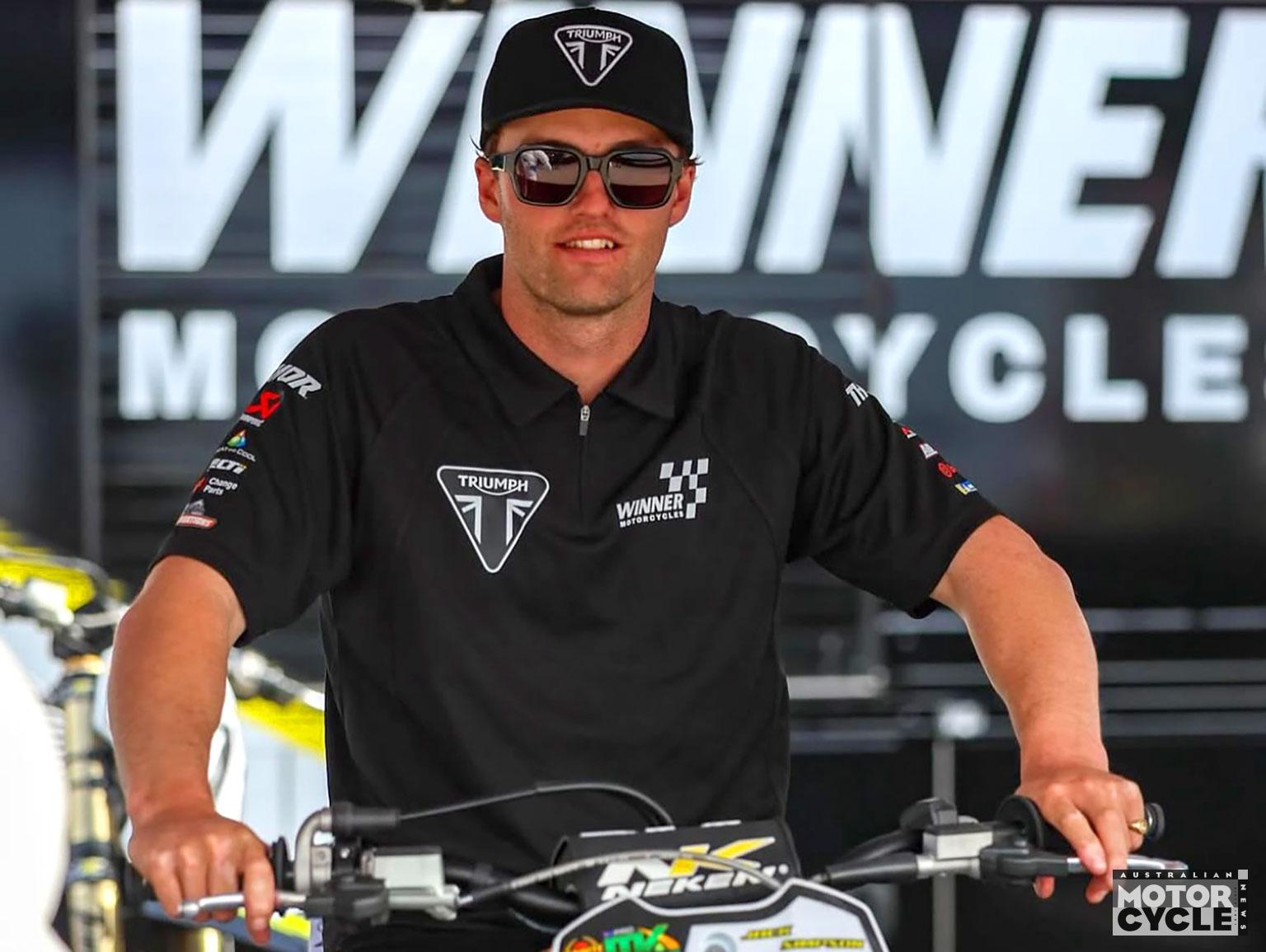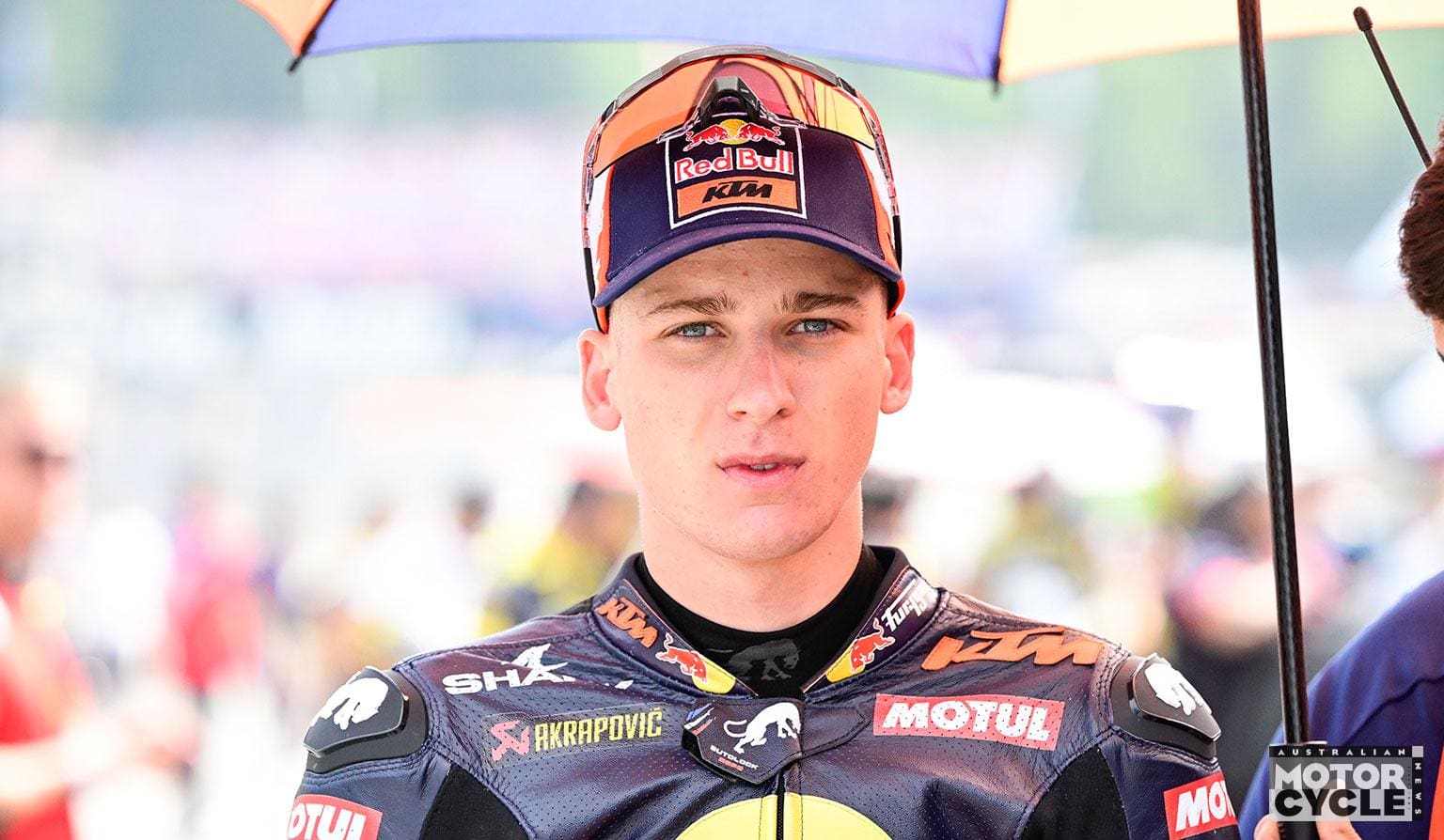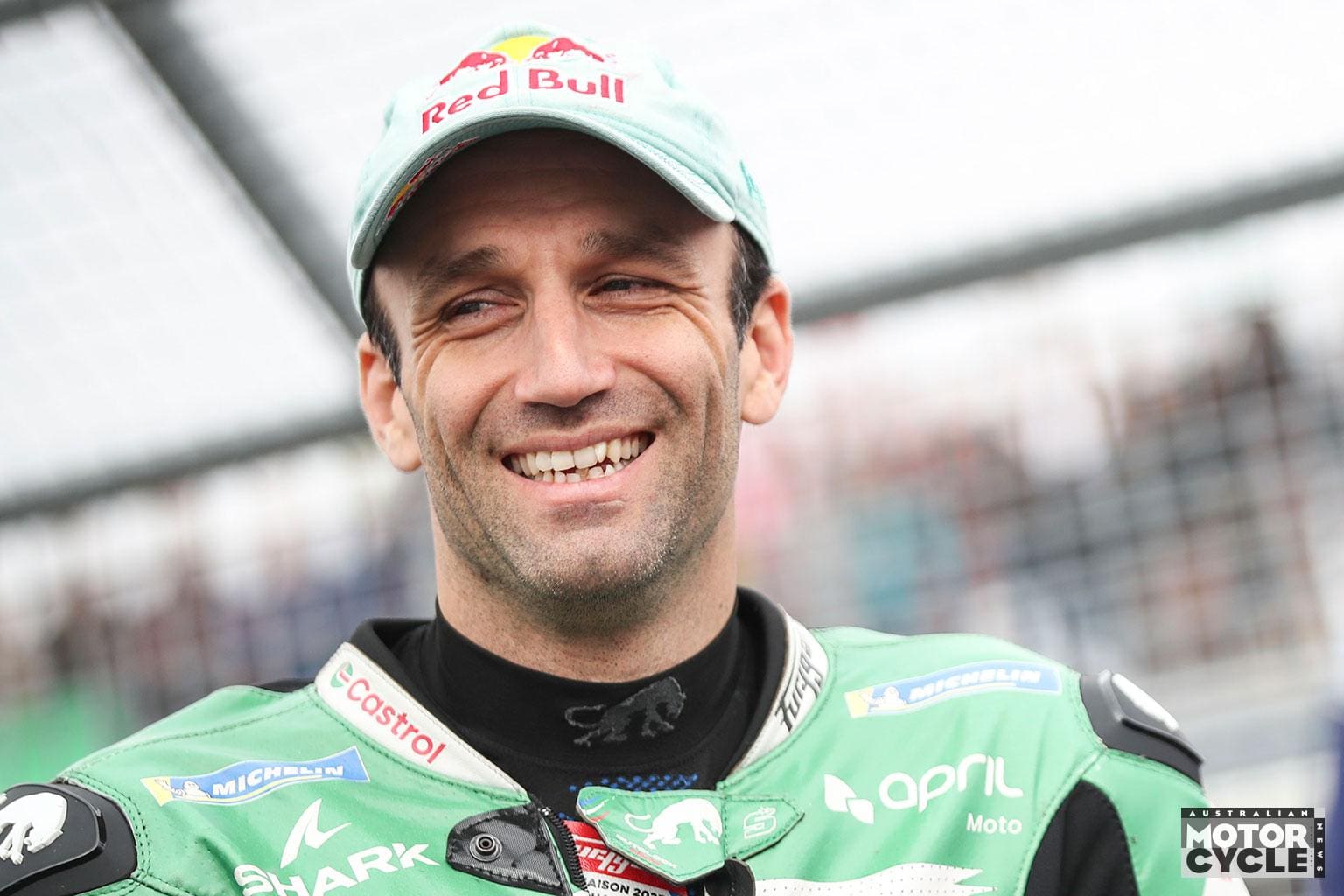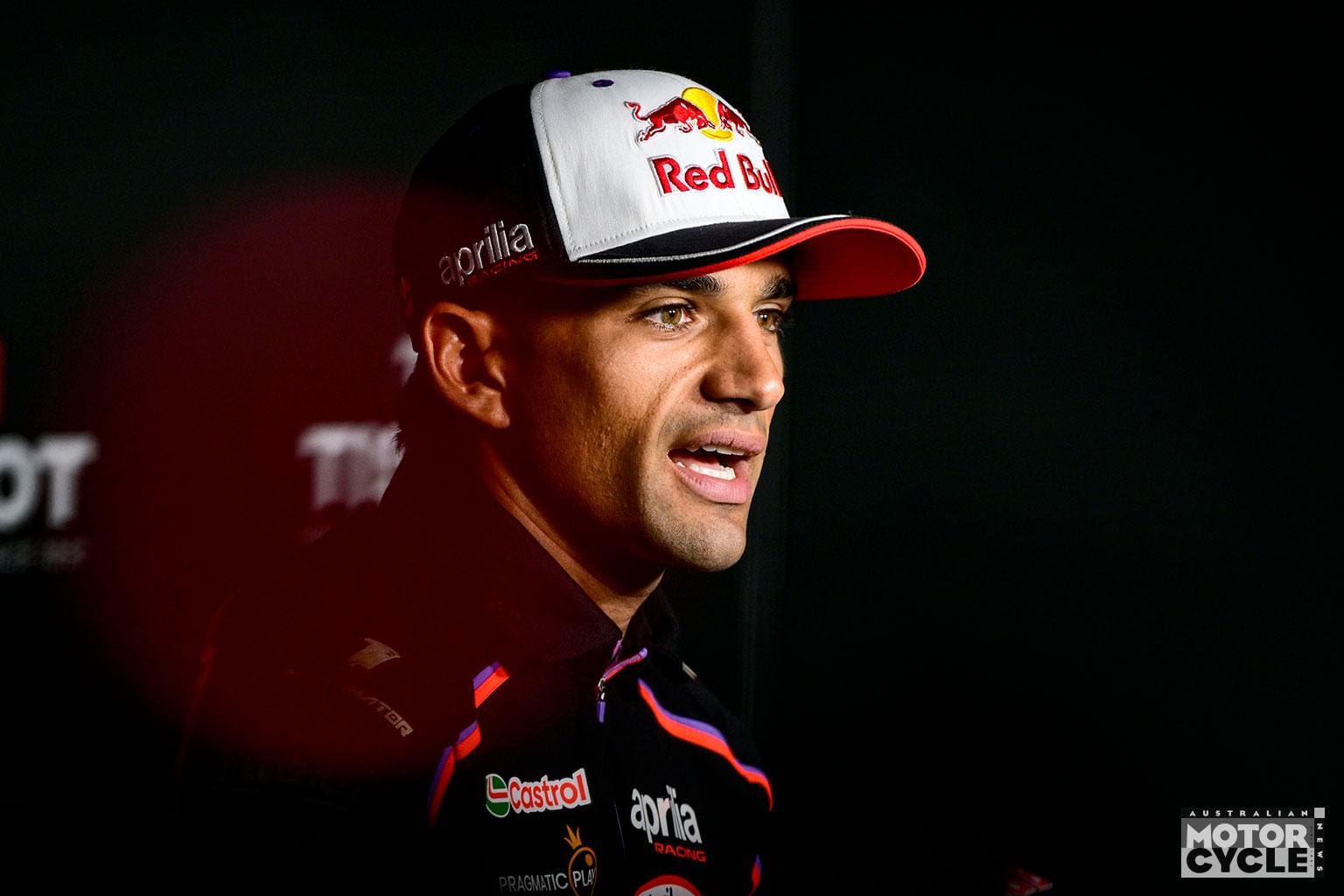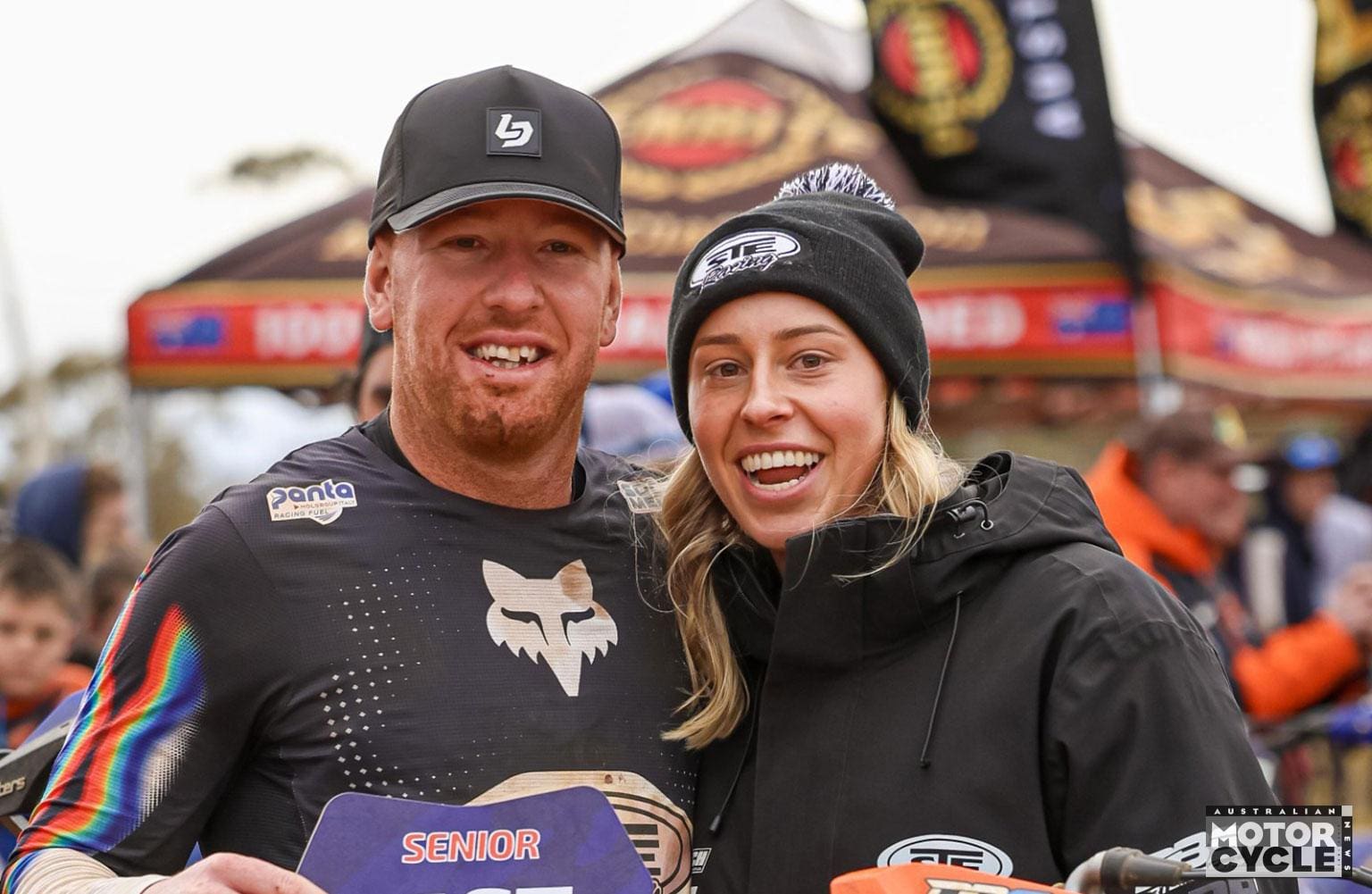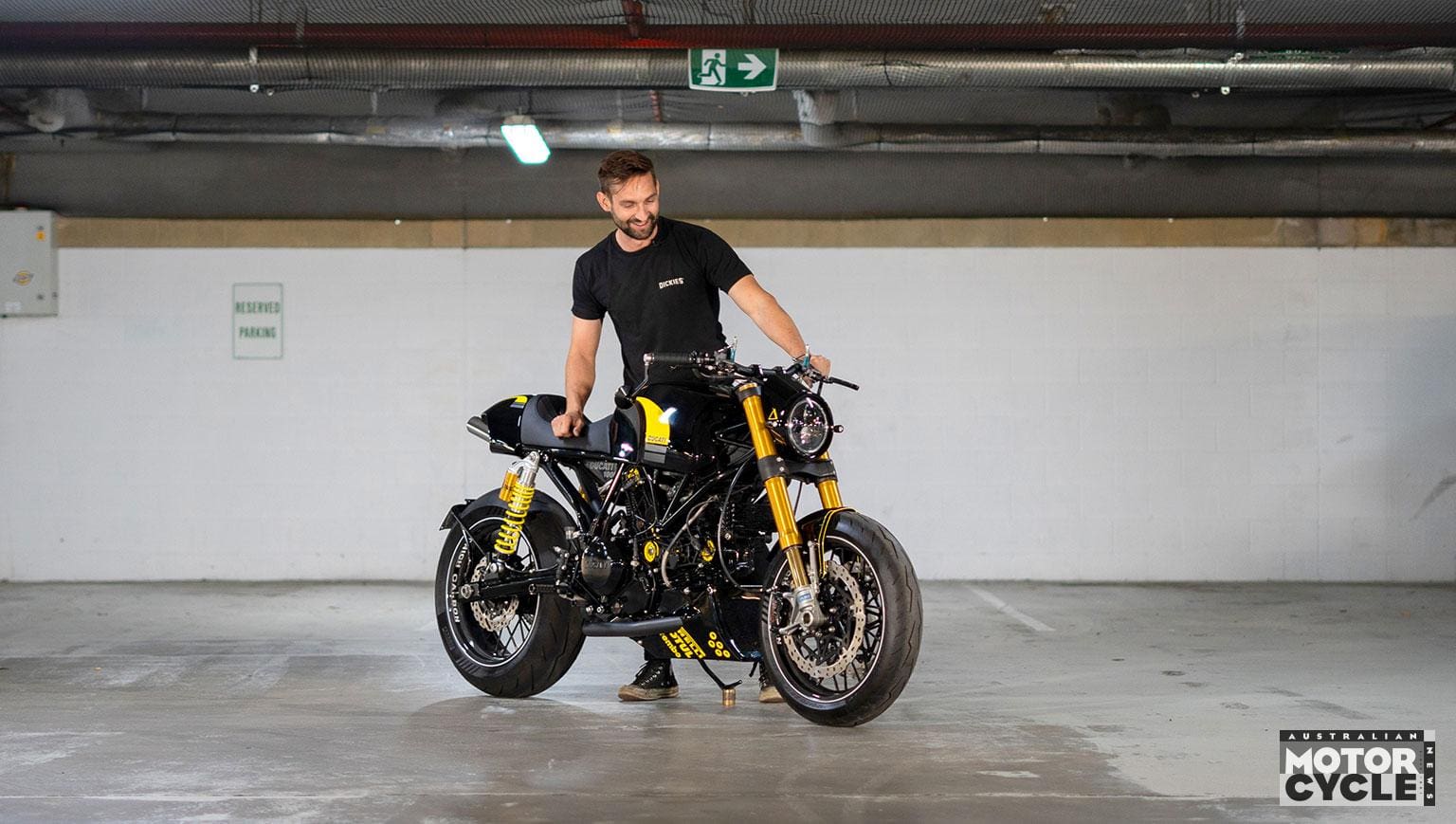What would you do if you awoke one morning behind the ‘Iron Curtain’ in 1968 with your hotel surrounded by big tanks as Czechoslovakia was being invaded by the Russians?
Most would get the hell out of there, but Keith Turner, one of New Zealand’s most successful road racers, decided to join the locals throwing rocks at the tanks!
“This Russian pulls out a bloody machine gun and I thought, ‘This is it!’ – I thought he was actually going to shoot me,” Turner says, reflecting on his career. “I was spewing up that night, from the delayed shock, because I actually thought I was going to get shot!”
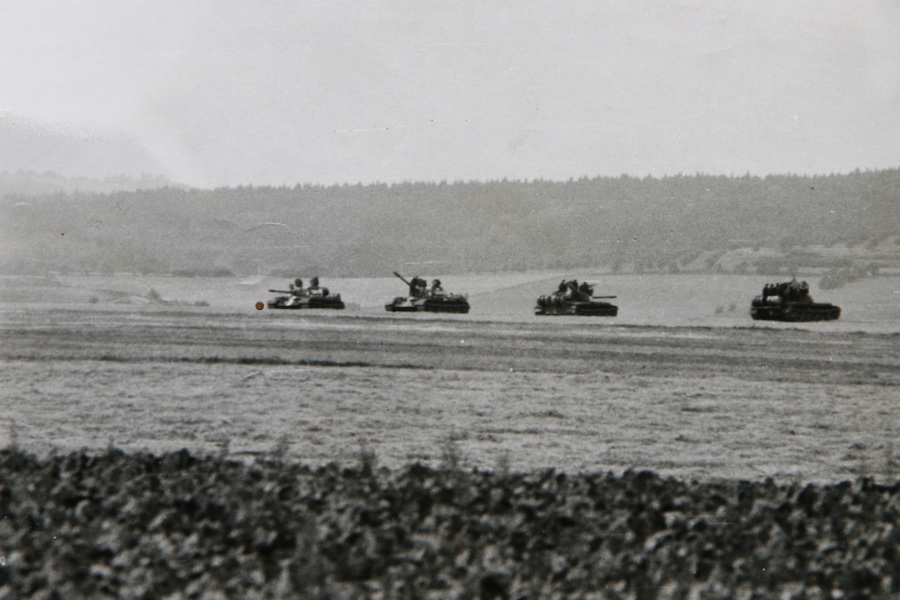
Turner and his wife had taken a few days off while waiting for his next race the following weekend. The West German border was closed for two weeks and when he tried to leave a Russian soldier had to threaten Turner with his bayonet before he’d hand over his passport.
“It was interesting in those days because to go into Czechoslovakia we had to get special sports visas. When we raced there we had to stay on certain roads and when you went into East Germany, where these Russians were, you’d go over this pit full of mirrors to check underneath your vehicle, and you’d be held up for three or four hours. They’d check your caravan out and everything. It was quite exciting in those days.”
Turner, who was born in London but lived in NZ from the age of five, recalls the experience of his first motorcycle: “The first bike I ever had was a 500 Matchless when I was 15. I couldn’t even ride a motorbike but I bought it and the guy pushed me off down the road, and that was it.”

A 500 BSA A50 came next while he completed a car mechanic apprenticeship. Turner won his first sprint race aged 16 at the now defunct Levin circuit in the early sixties, then scored a podium in his first actual race there. He had a stint on a Dunstall Norton Dominator and by 1966 he was winning almost every race he entered on a Bultaco 250. “That’s when I decided to go to Europe,” he says.
Only 21, Turner’s first European meeting in 1967 was in Czechoslovakia, but he crashed his 250 Bultaco while leading in the wet. “I got back to the pits to start the 500 race and finished fourth, because the bike wouldn’t start and I was last away. That’s why I say I was always good in the wet.”
Turner’s second meeting in Europe was at the Nürburgring, where he met a young Cockney mechanic working for Lewis Young.
“This kid gets out the back of his van and it’s Barry Sheene. He was just the pit boy, he wasn’t riding, 15 years old – just a mechanic. I met him then and used to go to the pub with him quite a few times. I knew him quite well.” A few years later they were racing each other.
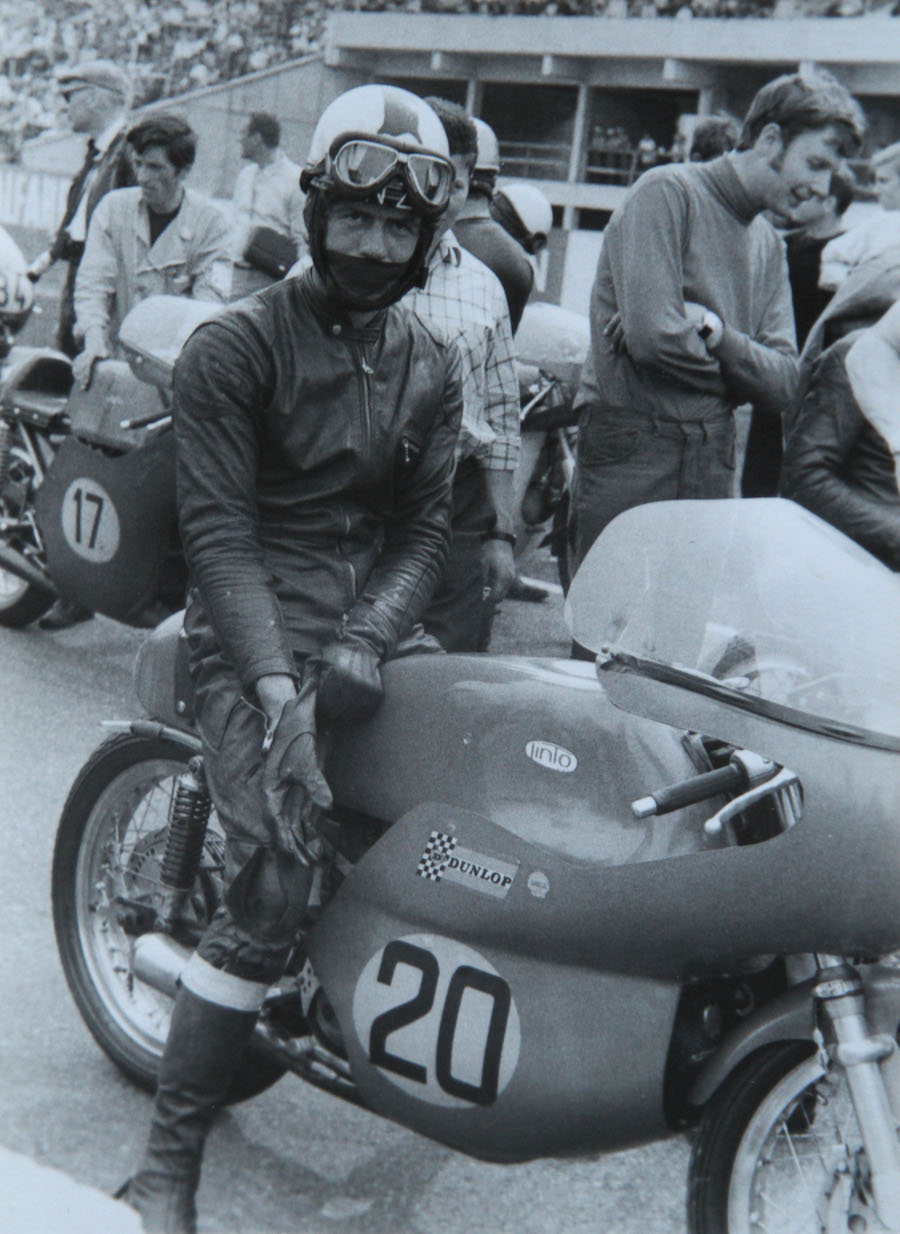
A very long way from home, racing in Europe was tough for young Turner and his wife. “The first meeting I went to in England, I didn’t have a caravan, I had a tent.” He raced at a circuit in Silith, near Carlisle, in February, saying it was freezing, with snow everywhere. Years later they would travel in ‘style’, with a caravan towed by a Transit van.
During the next few seasons Turner rode one of six specially built 500cc Lintos, which was powered by a pair of Aermacchi-Harley Davidson four-stroke 250cc single-cylinder engines joined together. “That was the best bike a privateer could get, but they were pretty expensive; in those days I paid about £1300 for it, which was a lot of money. A Manx Norton was about £500.”
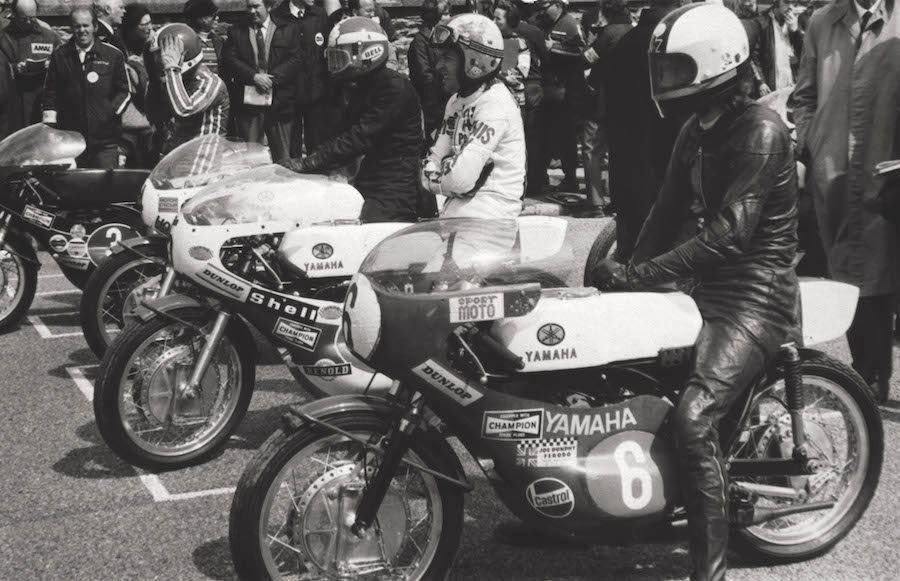
Despite dicing with and leading Giacomo Agostini during the 1968 Finnish GP, and battling with the likes of Aussies Jack Findlay and John Dodds, the faster Lintos were highly unreliable and Turner rarely finished a race, which usually would have guaranteed a start in the following GP.
“The gears broke at the Swedish Grand Prix, so I went all the way from Sweden down to Italy, got new gears fitted and then drove all the way back up to Finland. That was in one week, and then it happened again!”
After scoring only six championship points in 1969 and with no guaranteed starts the next season, Turner didn’t feature in any of the 1970 GPs, although fellow Kiwi Ginger Molloy had a very good year by finishing second in the world 500cc championship. Starting with Molloy, New Zealand road racers had a string of second placings in the premier class – Ginger Molloy in ’70, Turner in ’71 and Kim Newcombe in ’73.

Turner had picked up a few 250cc points in 1970 with a fifth place ride in the Finnish GP on a Yamaha TD250. He took the same machine back to NZ and, against fancied local riders Dale Wylie and Geoff Perry on Suzuki TR500s, Turner won the feature races at Wanganui on the smaller bike. He also wobbled around the famous Cemetery circuit to win on a Triumph Bonneville in lap record time, thrilling the 10,000 strong crowd.
These performances caught the attention of racing stalwart and NZ Suzuki importer Rod Coleman, who, after a test at Levin, offered Turner a TR500 for an assault on the world title. Things were about to change.
1971 was Turner’s big year. He was equipped with the latest NZ-built Steve Roberts frame with a Coleman-owned Suzuki TR500 engine, which had been brought up to a very high race spec by Wellington tuner Dicky Lawton. “When I arrived in Europe everyone was amazed how quick it was.”
The year didn’t start well, with a couple of crashes on the Coleman TR500 at Bathurst during the Australian GP, but once in Europe it got better.

Turner raced into second place behind the great Agostini at the ultra-fast Salzburgring during the season-opening Austrian 500cc Grand Prix, despite his TR500 being some 25km/h down on top speed against Ago’s powerful MV Agusta four-stroke.
Hockenheim in Germany was the next GP on the calendar, but Turner crashed while on Ago’s tail, bending the frame. A replacement had to be made by Roberts and flown out from NZ for the following month’s Isle of Man TT.
Turner raced at the Isle of Man from 1967 to 1972 consecutively and his best position was seventh in the 1971 Senior 500 TT. That was a good result considering Turner was black-flagged because his belly pan was falling off.
“I was lying third when I stopped, pulled the belly pan off, got going again, and then the sides started flapping about because they didn’t have the belly pan, so I stopped again and pulled both parts of the fairing off. I went on and finished the race with just the top part of the fairing.”
The Dutch TT at Assen was the next GP and was again won by Agostini. Turner made a typically poor push-start and had his work cut out to bring the Suzuki home in fourth.
The Coleman-Suzuki broke down during the Belgian GP, but in the following week’s East German GP at the Sachsenring his luck changed for the better. Turner scored back-to-back second placings to Agostini in East Germany and Sweden, where he and Ago were locked in battle as the pair lapped the entire field in the wet.

Fourth in Finland ahead of Jack Findlay kept Turner’s points tally climbing, although he’d held second position until an elusive engine misfire caused him to drop back two places, then there was yet another retirement in Ulster. It must have been difficult for Turner, who did all his own mechanics as well as riding duties.
Sixth place in the Nations GP at Monza made the final round, the Spanish GP at Jarama, very important to Turner; he had to finish in the top five to secure second in the world championship. The race itself was shorter than usual, allowing the use of a small fuel tank for the first time that season.
“I had a great big tank on the TR500. I also had a small tank but had never used it until Spain. I didn’t have it full during practice and come the first corner in the race, when I put the brakes on petrol splattered all over my face. The cap leaked, so right at the first corner I had petrol all over me, and every time I came to a corner I was covered in petrol and couldn’t see where I was going. Luckily I held on to get fifth.”
With the best six results counting for points, Agostini won the world 500cc title with 90 points to Turner’s 58, just one point ahead of third.
Finishing second to Agostini in the premier class was special for the then 25-year-old.
“It was like winning it!” he says.

“The best race I ever had was the 1971 Swedish GP because it was pouring with rain and I was only about 10 yards behind him. We actually lapped the third rider, who was Tommy Robb, and that was the only time they put the pit board out and told Ago to hurry up, because I was right behind him. And it was in the wet. The other meetings he’d easy beat me, but in the wet…!”
Turner returned in 1972 with the advantages of more start money and prestige, but Grand Prix racing holds no friends.
“I knew in ’72 I’d get good money because I got second in ’71, and I remember the Motorcycle News magazine tipped me to get second in ’72.”
Incredibly, it all counted for nothing because the man from Napier didn’t finish a single race that year! Machine problems during the season included a broken chain, broken expansion chamber, multiple engine seizures and even a collapsed swingarm as he sat on the bike five minutes before the start of the East German GP at the Nürburgring!
Disillusioned, Turner quit Europe. “I’d just had enough because I broke down every time and I was just sick of living out of a suitcase.”
Back in NZ he raced a Yamaha TZ350 in 1973 to win a race at Hamilton, the Lady Wigram feature race and the NZ 350cc TT at Ruapuna. He also finished fourth at Wanganui during a heat of the 1973 Marlboro Series, beating Pat Hennen.
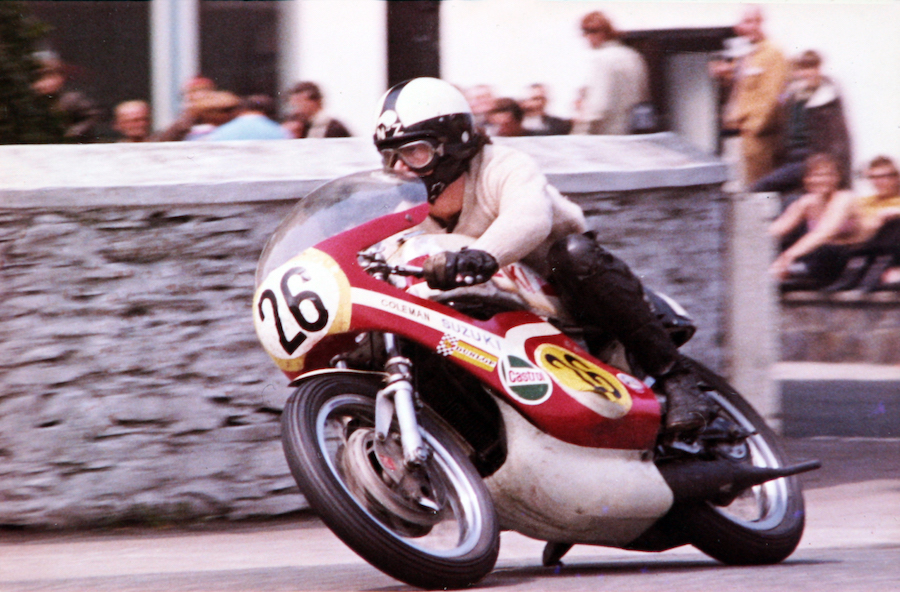
Before finally retiring, a further two seasons were spent racing a TZ750A, including at Bathurst, although by then he’d lost interest.
“I did quite a few races in Germany because I was more known in Europe than I was in England, and because I spent most of my racing there. I didn’t do many races in England because we weren’t getting paid in England.
“In hindsight I wish I had gone back in 1973 because that’s when it all took off, when the big money was around.”
Today, Keith Turner lives in Napier, New Zealand, and refurbishes cars.

WORDS TERRY STEVENSON
PHOTOGRAPHY Keith Turner collection & Terry Stevenson
